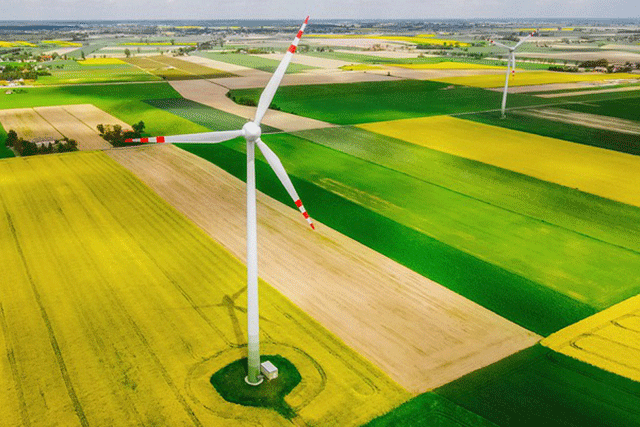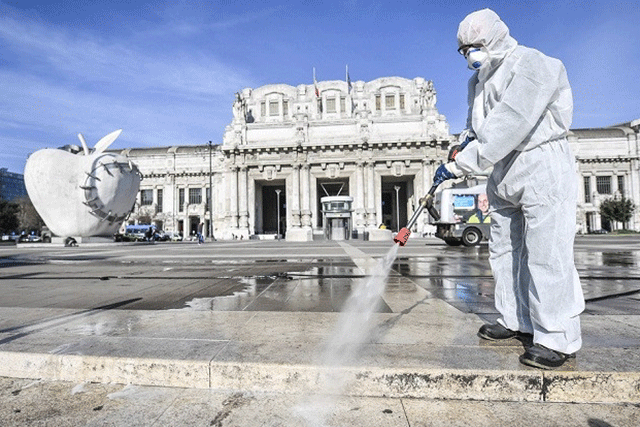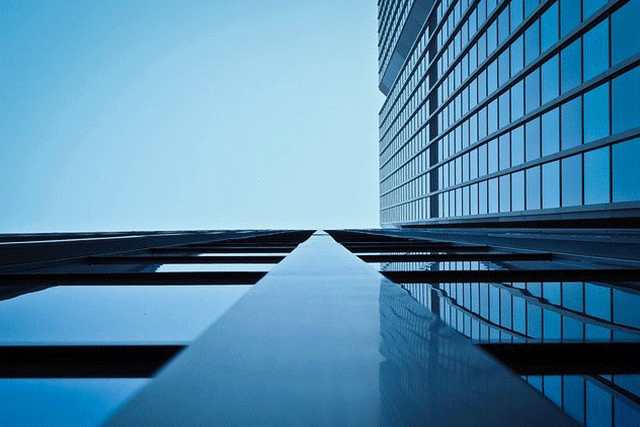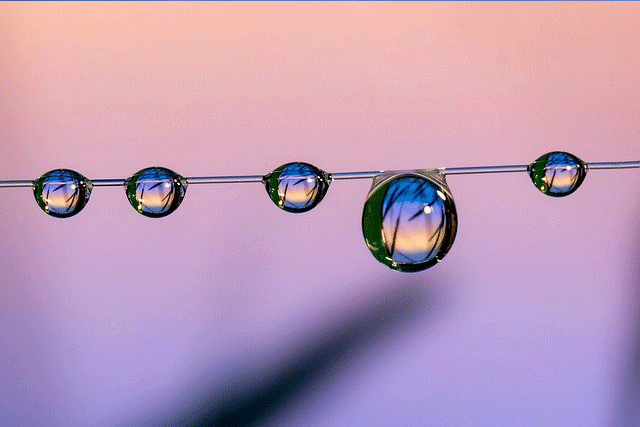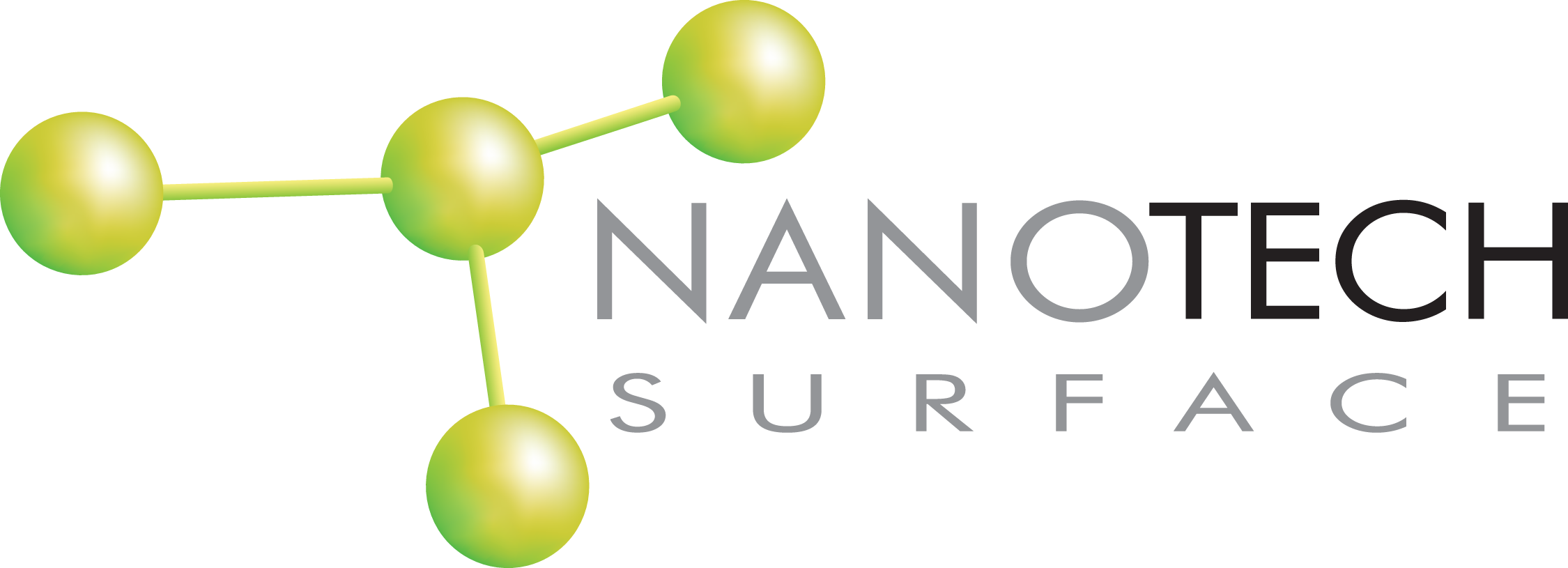
Glass Nano Coat
Tecnologia per la schematura dei vetri
L’utilizzo delle nanotecnologie si basa sulla comprensione e la conoscenza approfondita delle proprietà della materia su scala nanometrica: un nanometro (un miliardesimo di metro) corrisponde alla lunghezza di una piccola molecola.
Su questa scala la materia presenta nuove e ulteriori proprietà, a volte sorprendenti, e la ricerca scientifica sulle nanotecnologie continua a proporre innovazione e nuove soluzioni tecniche.
Nanotechsurface propone innovazione tecnologica e soluzioni per l’efficienza energetica e la sostenibilità ambientale proprio attraverso l’utilizzo di nuovi materiali nanometrici.
Il Glass Nano Coat è uno speciale fluido nanotecnologico a base di ossidi metallici (ossidi di antimonio, indio, stagno, tungsteno e cesio), che viene applicato sulle superfici trasparenti con differenti tecniche e comprende un agente schermante ai raggi UV ed un agente schermante ai raggi IR.
SCHERMATURA DAI RAGGI UV
Glass Nano Coat respinge il 99% dei raggi UV e fornisce quindi una soluzione definitiva contro gli effetti distruttivi dei raggi UV: protegge opere d’arte, pavimenti pregiati, antichità e arredi; protegge merci, tessuti e colori esposti in vetrina per negozi e centri commerciali.
SCHERMATURA DAI RAGGI IR
L’applicazione del Glass Nano Coat respinge dal 70 ad oltre il 90% dei raggi IR, migliora le prestazioni delle vetrate esposte al sole riducendo drasticamente la quantità di calore che normalmente attraversa le vetrate mantenendo, così, una temperatura più confortevole all’interno degli ambienti e diminuendo il fastidioso effetto “serra” che si avverte nelle giornate molto soleggiate.
RISPARMIO ENERGETICO
Oltre al deciso miglioramento del comfort ambientale, è possibile ridurre notevolmente i costi di energia per l’impianto di condizionamento.
Il risparmio economico può arrivare al 30% e consente di raggiungere veloci tempi di rientro in funzione dell’esposizione delle vetrate, della loro superficie in rapporto a quella dei locali in cui sono presenti, eccetera.
Nei mesi invernali le superfici trattate con Glass Nano Coat generato dai sistemi di riscaldamento.
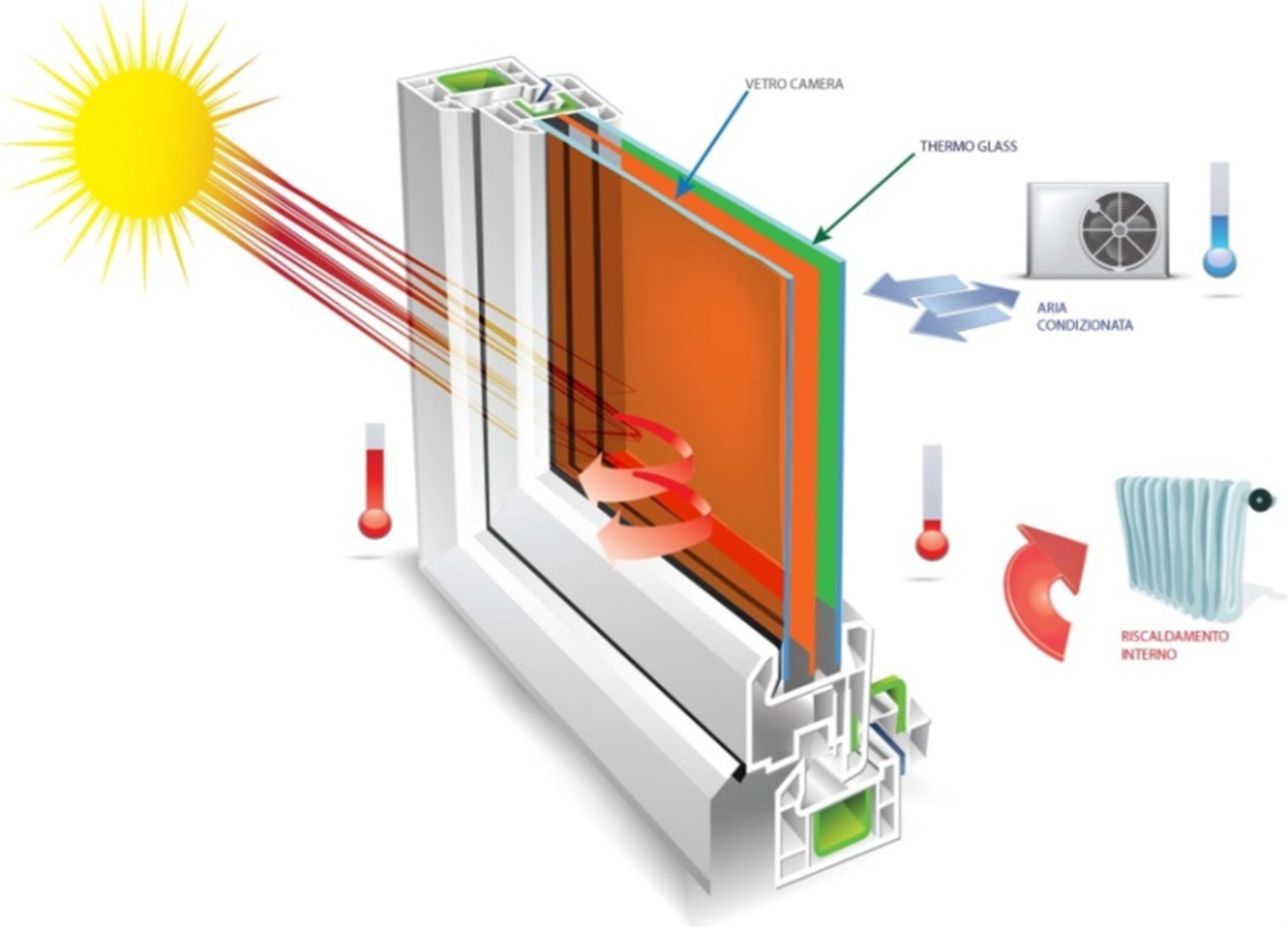
Glass Nano Coat può essere applicato sulle superfici interne oppure su quelle esterne delle vetrate in funzione delle caratteristiche specifiche dell’edificio e per ottimizzare costi e tempi di intervento;
Glass Nano Coat non altera le caratteristiche di trasparenza del vetro e quindi non genera una maggiore necessità di luce artificiale all’interno dei locali.
L’applicazione di Glass Nano Coat è garantita per 10 anni (nelle applicazioni sulle superfici interne) ma la sua efficacia può durare fino a oltre 20 anni.
Le superfici trasparenti di un edificio e le loro proprietà di protezione e schermatura dai raggi solari e dalle temperature esterne sono elementi che influiscono sensibilmente sul fabbisogno energetico per la climatizzazione.
In particolare, il recupero di edifici esistenti deve tenere conto della direttiva Europea (n.31/2010/CE) che promuove la realizzazione di nearly Zero Energy Buildings (nZEB) o nearly net Zero Energy Buildings (nnZEB).
90%
TRASOARENTA VETRO
90%
RIDUZIONE RAGGI IR
30%
RISPARMIO ENRGETICO
I VANTAGGI
Le superfici trasparenti di un edificio e le loro proprietà di protezione e schermatura dai raggi solari e dalle temperature esterne sono elementi che influiscono sensibilmente sul fabbisogno energetico per la climatizzazione.
In particolare, il recupero di edifici esistenti deve tenere conto della direttiva Europea (n.31/2010/CE) che promuove la realizzazione di nearly Zero Energy Buildings (nZEB) o nearly net Zero Energy Buildings (nnZEB).
Tra le differenti tecnologie per il controllo degli apporti solari, il Glass Nano Coat rappresenta un sistema evoluto e performante che evidenzia parecchi vantaggi rispetto a prodotti alternativi:
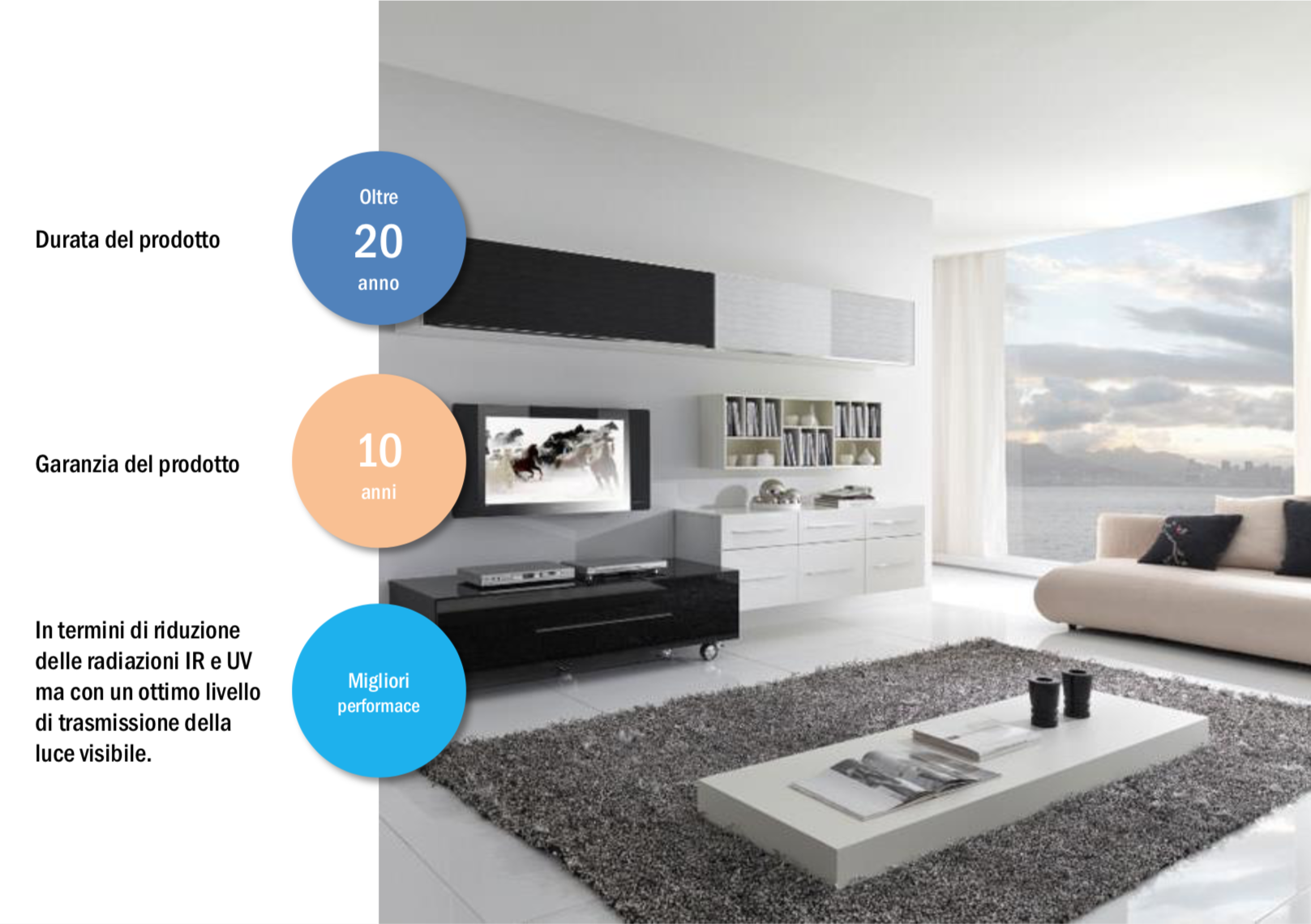
GLI EFFETTI
Bisogna considerare che la radiazione solare è costituita da tre componenti:
- la radiazione ultravioletta (ca. il 3%)
- la luce visibile (ca. il 44%)
- la radiazione di raggi infrarossi (ca. il 53%)
Una lastra di vetro trasparente riflette circa il 6% della radiazione solare, ne assorbe il 5% e ne trasmette (all’interno) il restante 89%.
Una lastra di vetro trasparente riflette circa il 6% della radiazione solare, ne assorbe il 5% e ne trasmette (all’interno) il restante 89%.
Con l’applicazione sul vetro (che può avvenire sia all’interno che all’esterno) del Glass Nano Coat si ottengono, sia per riflessione che per assorbimento, i seguenti effetti sulle radiazioni solari:
I raggi UV (ultravioletti) sono ridotti di circa il 99%. Il coating consente un taglio di raggi ultravioletti del 99.6%, proteggendo parquet e arredamenti interni;
La luce visibile viene trasmessa al 75-80%;
I raggi IR (infrarosso) sono ridotti al 90%.Questo rivestimento blocca fino al 90% delle radiazioni infrarosse emesse
riducendo la temperatura ambientale.
Qui sotto un esempio della trasmittanza di un vetro trattato rispetto ad uno senza applicazione.
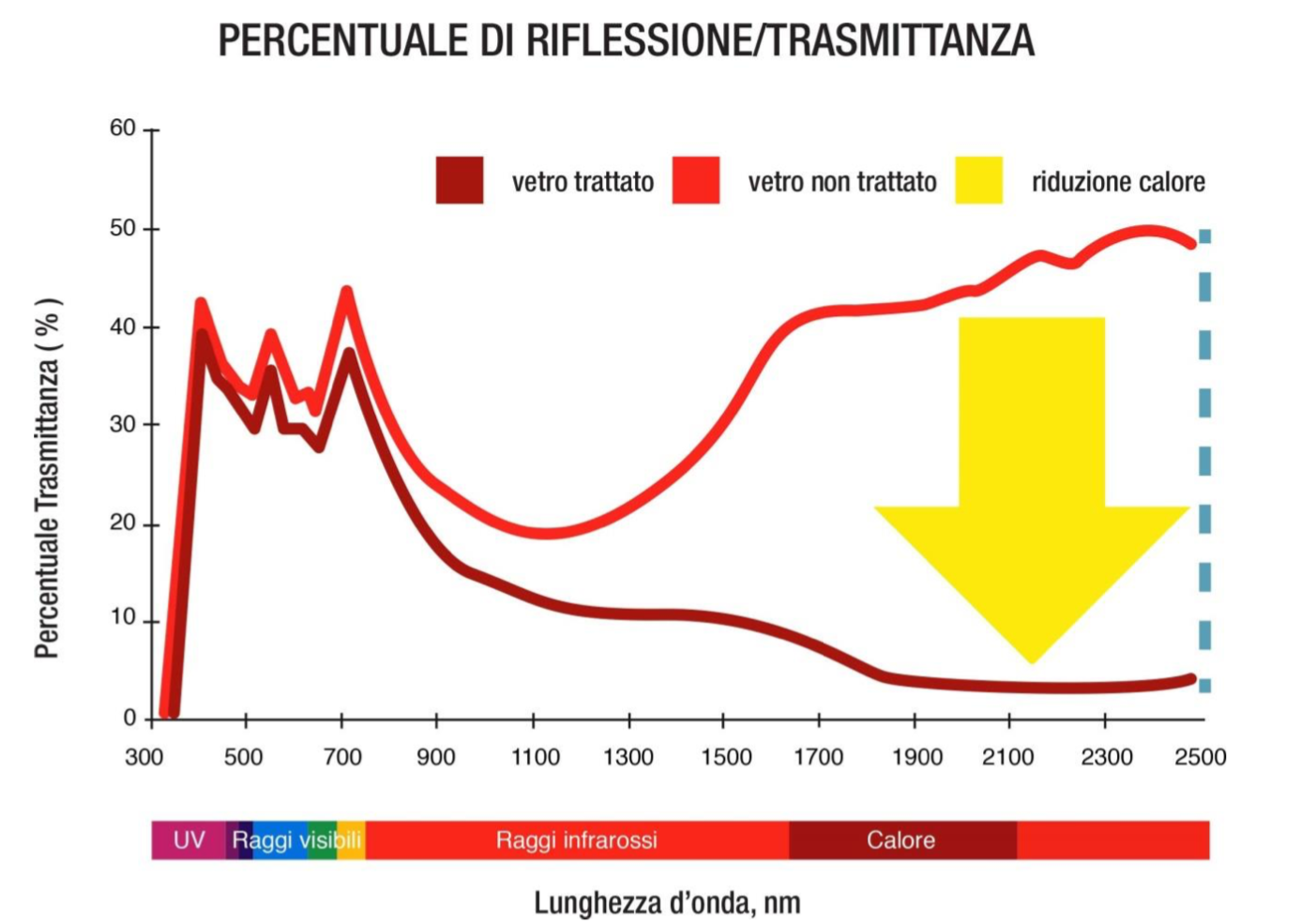
RIDUZIONE TEMPERATURA AMBIENTALE
Una semplice applicazione di un rivestimento sul vetro che consente risparmi energetici fino al 30%; sembra fantascienza ma oggi è realtà.
L’applicazione di Glass Nano Coat consente di ottenere l’abbassamento delle temperature interne, l’abbattimento dei costi energetici legati al condizionamento ambientale e durante i mesi freddi riduce notevolmente la dispersione termica attraverso le superfici trattate.
In particolare si ottiene:
- Una riduzione a parità di condizioni della temperatura ambientale di 4° e oltre;
- Una riduzione dell’utilizzo energetico per il controllo della temperatura ambientale;
- Una riduzione dell’illuminazione ambientale grazie alla mantenuta trasparenza dei vetri.
UN AMBIENTE NATURALE
Fino ad oggi i sistemi per il controllo solare consistevano nell’applicazione di pellicole termo riflettenti che per filtrare i raggi infrarossi riducevano notevolmente la luce naturale.
La conseguenza sono ambienti costantemente illuminati anche di giorno con un notevole costo energetico.
Glass Nano Coat riunisce le peculiarità e l’efficienza delle migliori pellicole sul mercato mantenendo i vetri trasparenti con uno spessore di soli 8-10 micron con un’adesione totale al vetro ed una resistenza al graffio di 4H.
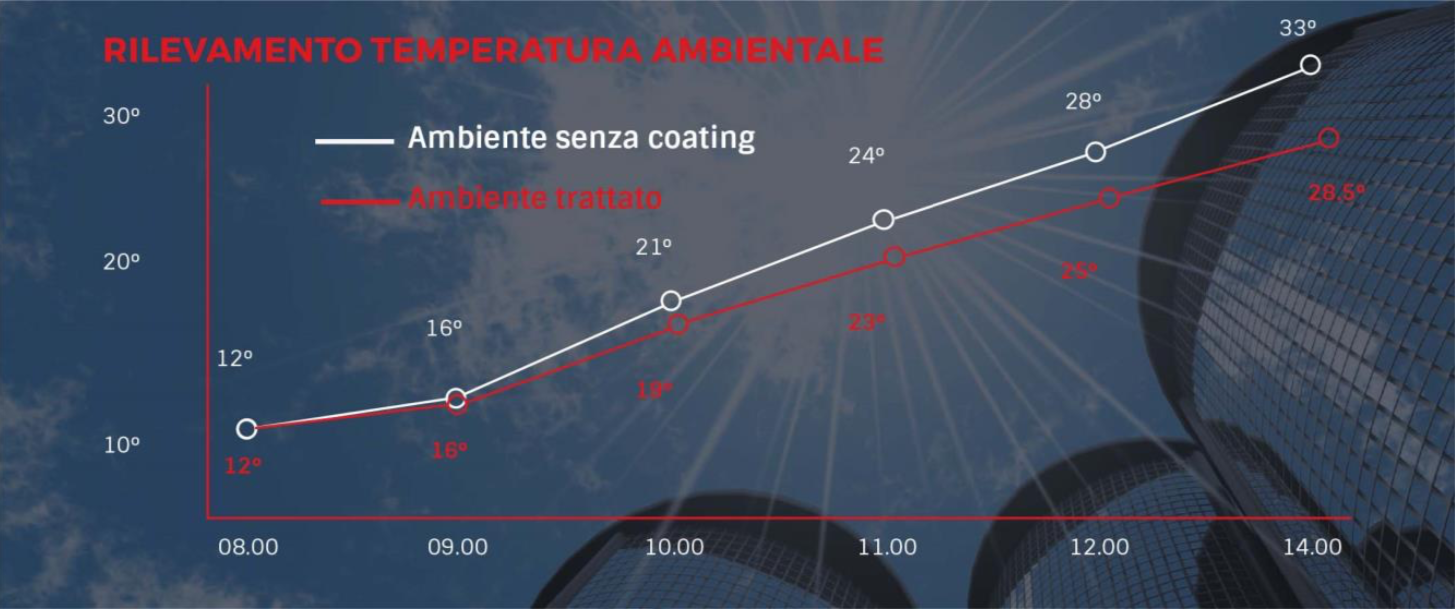
La totale trasmissione della luce solare rispetto ad altre tecnologie di schermatura, permette di ritardare l’accensione dell’illuminazione artificiale durante la giornata ottenendo un risparmio di consumi oltre che un migliore comfort visivo.
Il Glass Nano Coat, inoltre, inibisce l’ingresso dei raggi UV che sono la causa dello scolorimento e degrado di arredi e merci e permette di ridurre significativamente l’abbagliamento all’interno degli ambienti migliorando così il comfort visivo per i minori riflessi sugli schermi di tv e computer e di altre superfici riflettenti.
COSTI ENERGETICI
Glass Nano Coat consente risparmi fino al 30% dell’energia utilizzata per il condizionamento ambientale.
Riduzione dell’impatto ambientale legato alle energie non rinnovabili grazie all’impiego di minor energia per il condizionamento ambientale.
Rientro veloce dell’investimento legato all’applicazione di Glass Nano Coat grazie ai risparmi energetici.
Risparmio di energia elettrica grazie alla massima trasparenza delle superfici.
Riduzione dell’energia impiegata al riscaldamento degli ambienti in inverno grazie alla minor dispersione termica dei vetri.
Questo consente di rientrare dell’investimento dell’applicazione di Glass Nano Coat in 12/24 mesi.
A differenza di altri coating o prodotti dedicati al controllo solare, Glass Nano Coat viene applicato a rullo sulle superfici vetrate con una durata superiore ai 15 anni.
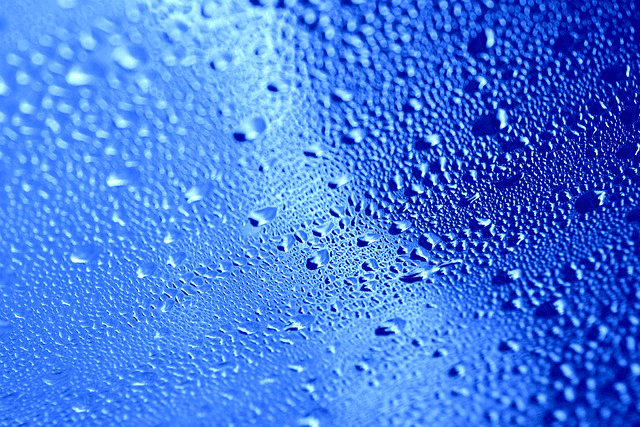
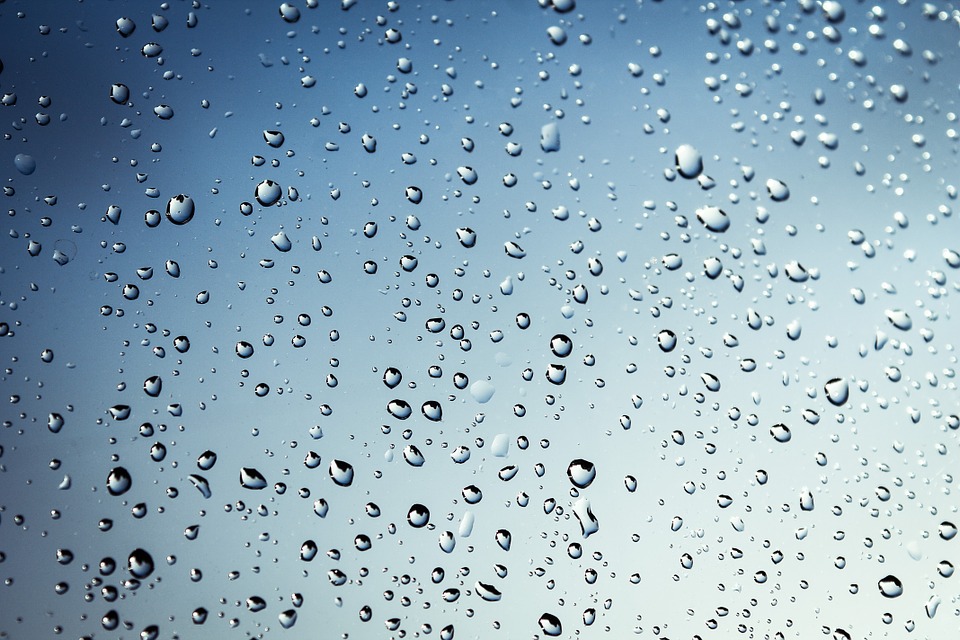
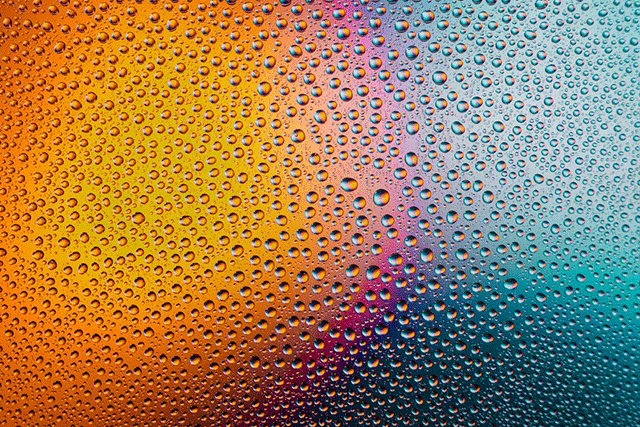
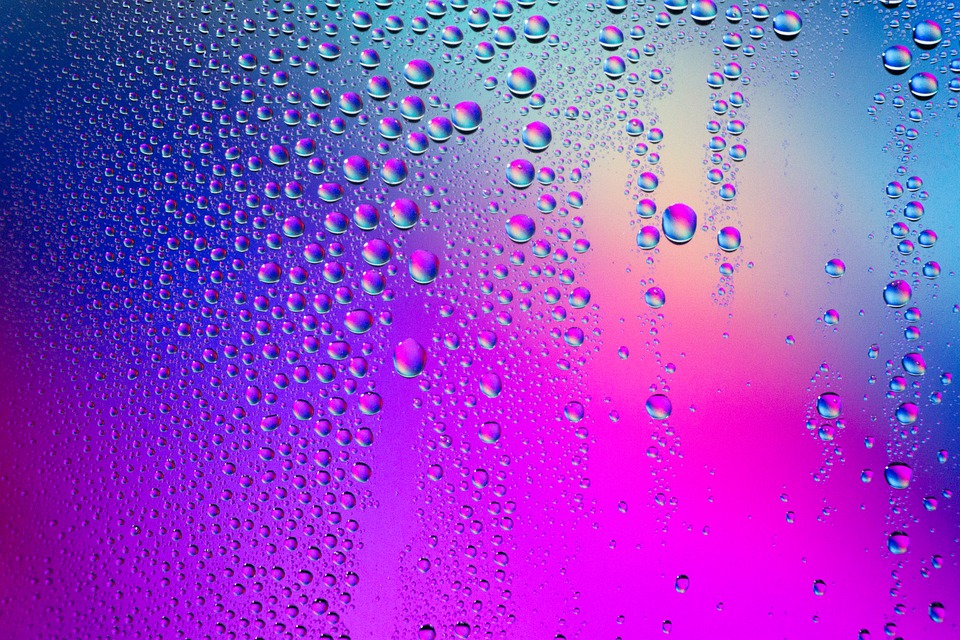
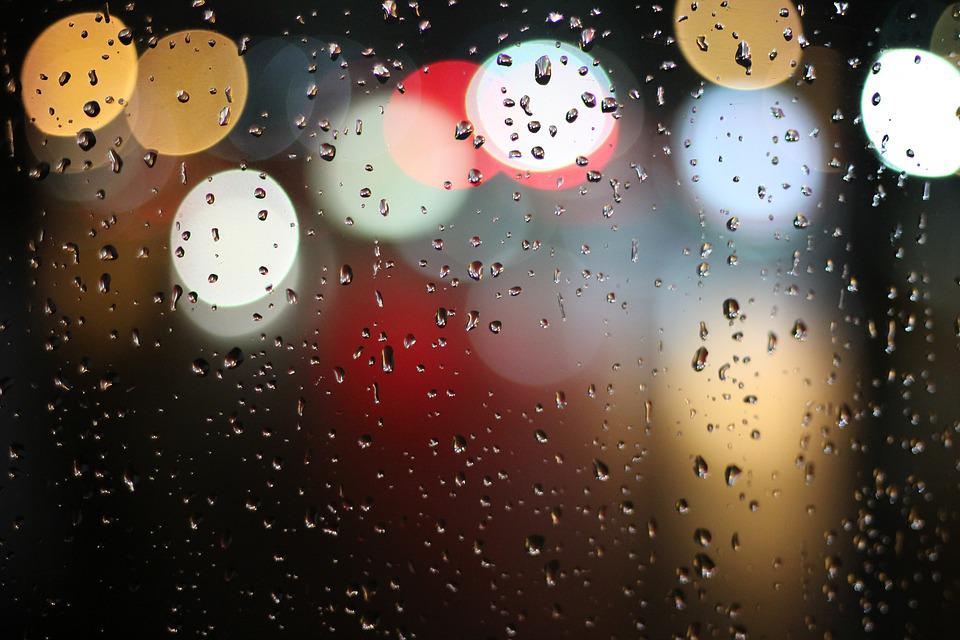
Our office – Il nostro ufficio
Address
Via Belvedere 14 – 20017 – Rho (MI) Italy
Contact
+39 335 61 56 424
e-mail: alessandro.torretta@nanotechsurface.com
Visit
Lu-Ve: 09.00 am – 06.00 pm
Sa-Do: Chiuso
